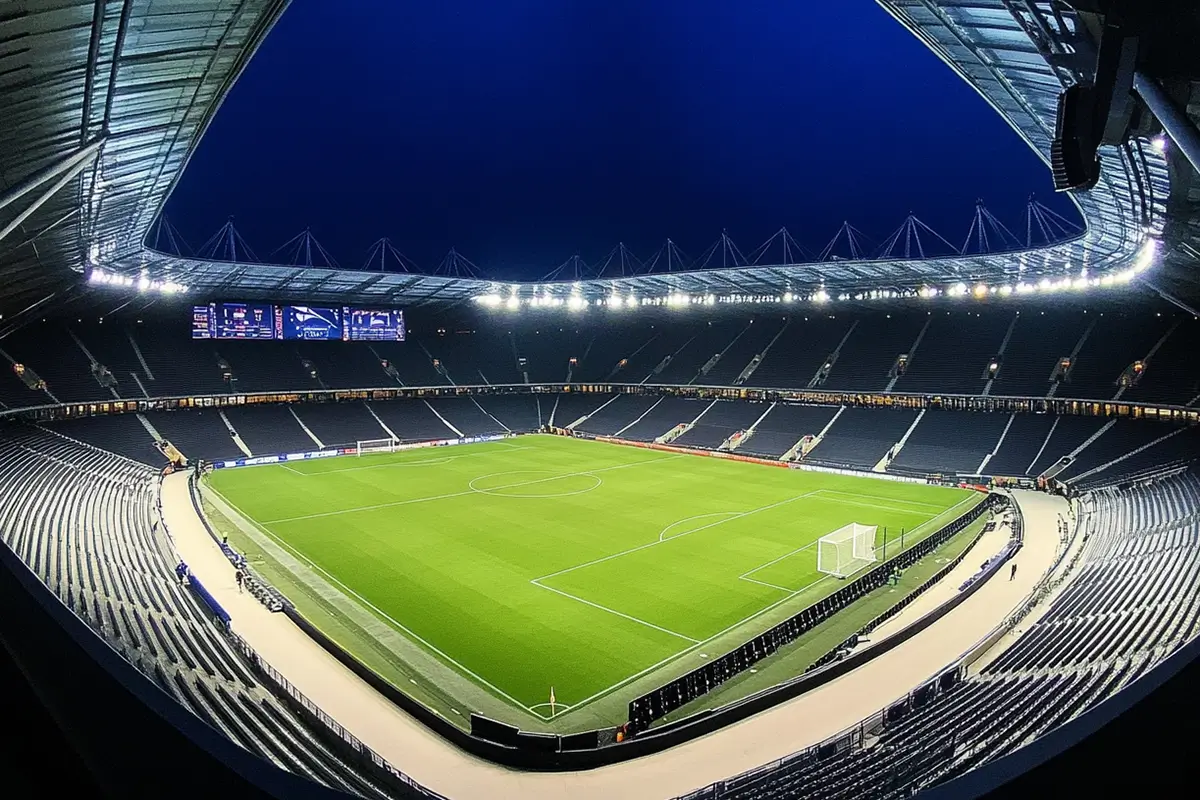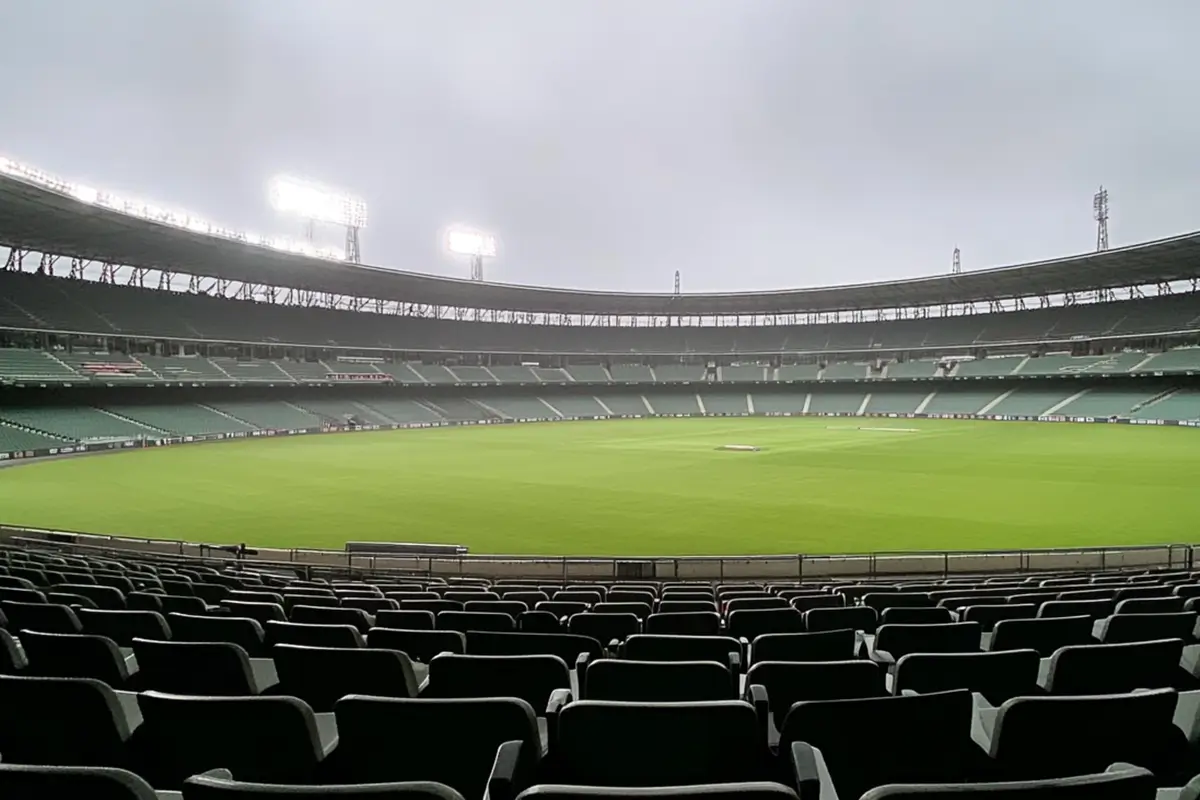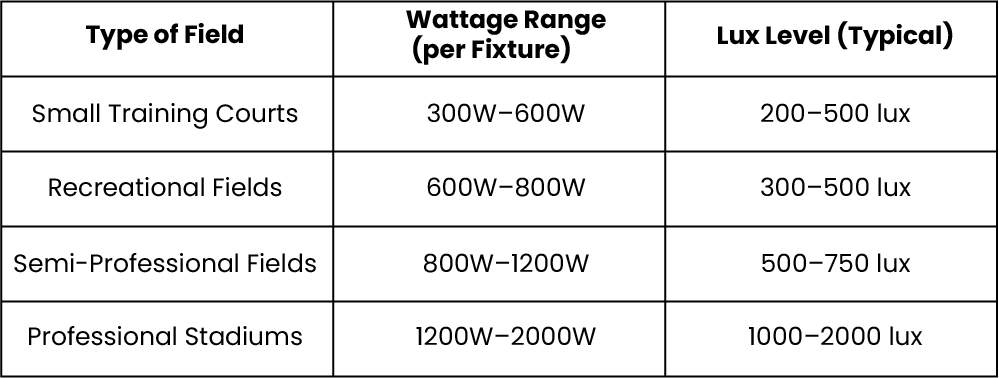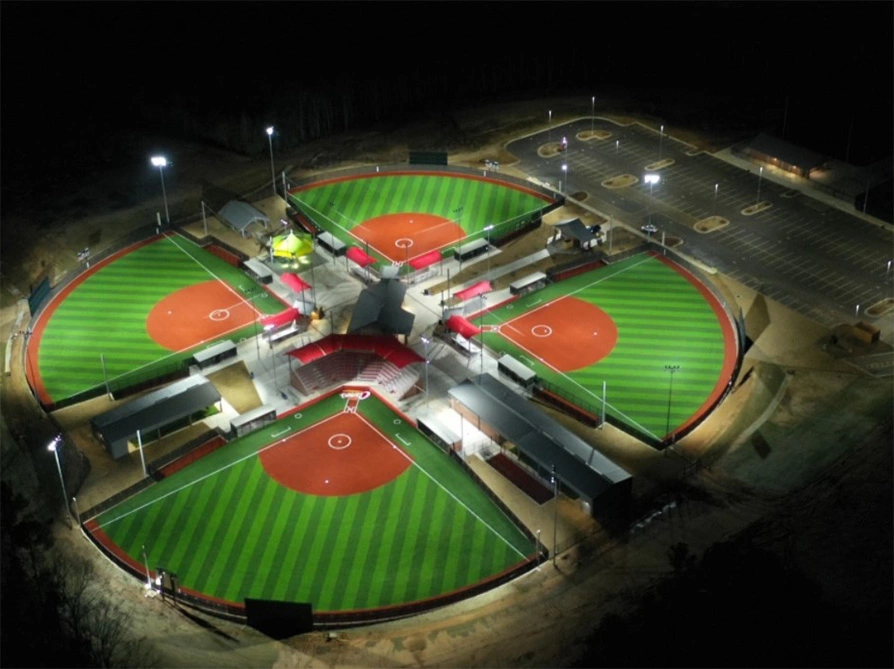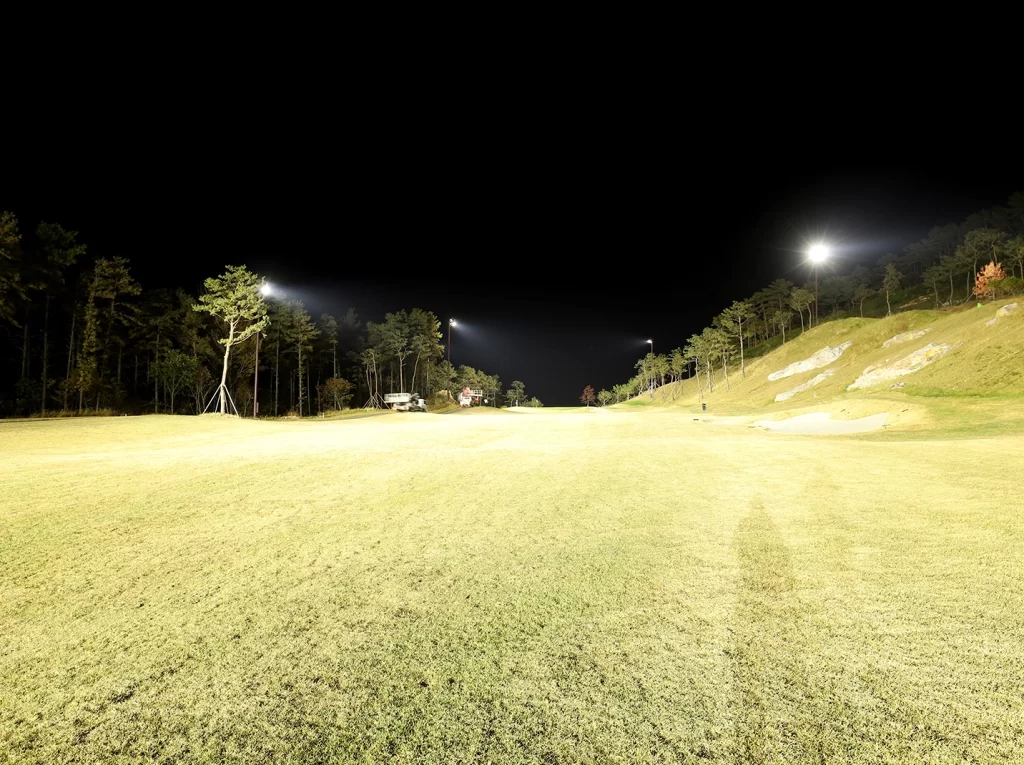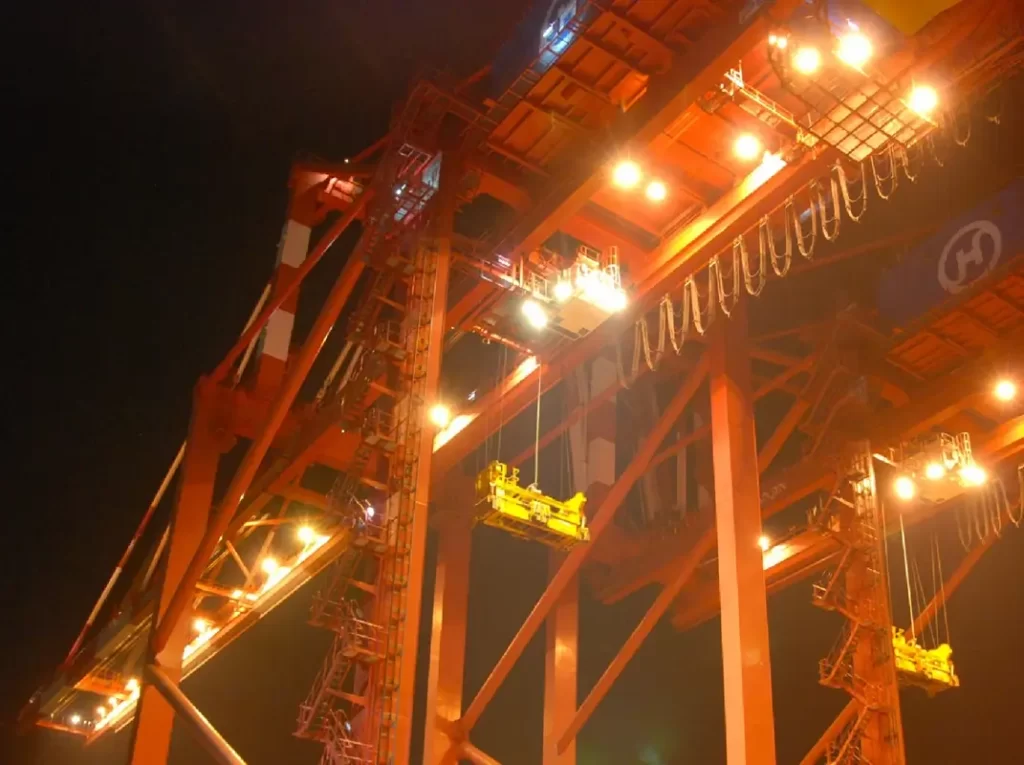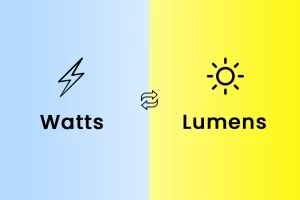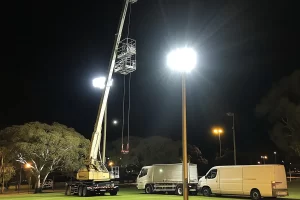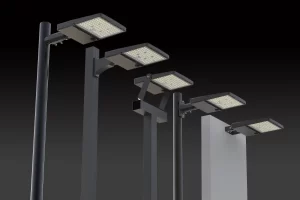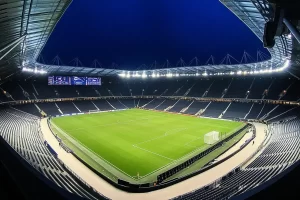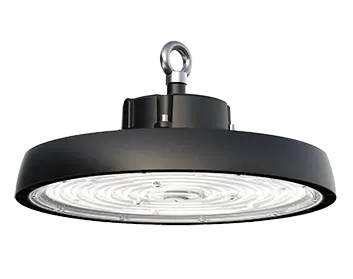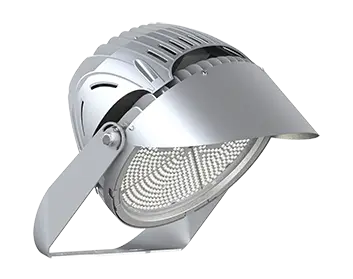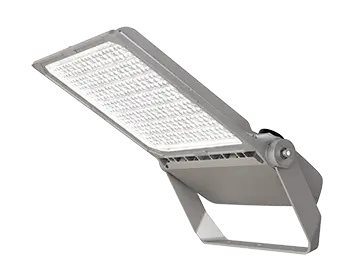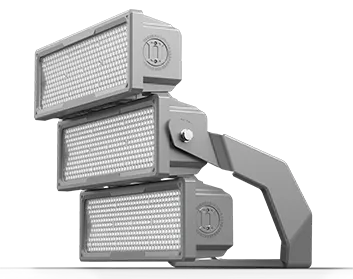Choosing the correct wattage for sports lights in stadiums is essential for ensuring optimal visibility, safety, and compliance with lighting standards. The right lighting enhances players’ performance, improves the spectator experience, and supports high-quality broadcasting for professional events. This guide will help you determine the appropriate wattage for your stadium lighting needs.
1. Understand the Lighting Requirements by Sport
Different sports require varying levels of illumination to meet players’ and spectators’ needs. Consider the following:
- Soccer, Football, Rugby, and Cricket: These sports are played on large fields, which require powerful lights to evenly illuminate the playing surface. Wattage typically ranges from 1000W to 2000W per fixture, depending on the level of play and the size of the field.
- Tennis, Basketball, and Volleyball: These smaller courts demand precision lighting with wattages between 300W and 1000W per fixture. Focused beam angles are critical to minimize spill light and glare.
- Track and Field Events: The requirements vary significantly depending on the specific activity. Running tracks often need higher wattage (800W–2000W), while other areas may have lower requirements.
2. Determine the Level of Competition
The level of play directly impacts the required brightness (measured in lux):
- Recreational or Training Fields: Require approximately 200–300 lux. Wattage per fixture generally ranges from 400W to 800W, depending on field size and light placement.
- Amateur or Semi-Professional Events: Require a higher illumination level of 500–750 lux. This level typically needs fixtures with wattages between 800W and 1500W.
- Professional Matches or Broadcasting: Professional-grade lighting requires 1000–2000 lux to meet the standards for HD or UHD broadcasting. Wattage per fixture ranges from 1500W to 2000W or more.
3. Consider Field Size and Pole Arrangement
Field Dimensions: Larger fields require more powerful lights or a higher number of fixtures to achieve uniform illumination. For example:
- A standard soccer field (∼105m x 68m) may require fixtures with wattages of 800–1200W, distributed across multiple poles.
- A basketball court (∼28m x 15m) might only need fixtures in the 400–600W range.
Pole Height and Placement:
- Taller poles (e.g., 15m–30m) may require higher wattage lights to compensate for light dispersion and achieve uniform brightness at ground level.
- The number and positioning of poles also influence wattage requirements. More poles allow for lower wattage fixtures, while fewer poles necessitate higher wattage fixtures for adequate coverage.
4. Leverage Energy-Efficient LED Technology
Modern LED lights are far more energy-efficient than traditional lighting technologies like metal halide or high-pressure sodium (HPS) lamps. They provide higher lumens per watt, ensuring optimal brightness at lower energy consumption levels. For example:
- A 500W LED fixture can replace a 1500W metal halide lamp, offering equivalent brightness with significant energy savings.
- LED lights have adjustable beam angles to focus light where needed, minimizing spill light and improving overall efficiency.
When choosing LED lights, focus on their:
- Lumen Output: Higher lumens mean brighter light.
- Color Temperature: Opt for 5000K–6000K for clear, daylight-like illumination.
- Lifespan: LEDs typically last 50,000 hours or more, reducing maintenance costs.
5. Adhere to Lighting Standards
Different organizations set specific lighting standards for various sports. Make sure your lighting design complies with these guidelines:
- FIFA (Soccer Fields): 500–2000 lux, depending on the competition level.
- NBA (Basketball Courts): ∼1500 lux for professional games and broadcasting.
- Local Regulations: Check with local authorities for recreational and professional lighting requirements.
6. Conduct a Photometric Analysis
A photometric analysis or lighting simulation is a crucial step in selecting the right wattage. This process considers:
- Illumination Uniformity: Ensures consistent brightness across the playing area without dark spots or overly bright zones.
- Beam Angle and Distribution: Determines how light spreads from each fixture, optimizing coverage.
- Spill Light and Glare Control: Reduces light pollution and minimizes glare for players and spectators.
Professional lighting designers or manufacturers can provide simulations tailored to your stadium’s specifications.
General Wattage Guidelines by Field Type
7. Consider Environmental and Operational Factors
- Weather Conditions: Ensure the fixtures are weather-resistant and designed for outdoor use. High IP ratings (e.g., IP65 or IP67) protect against dust and water.
- Power Supply and Infrastructure: Verify that the existing electrical infrastructure can support the selected lights’ wattage.
- Maintenance Costs: Choose lights with long lifespans and minimal maintenance requirements to reduce operational expenses over time.
Conclusion
Choosing the right wattage for sports lights in a stadium involves a careful balance of field size, competition level, lighting standards, and energy efficiency. Modern LED technology provides excellent solutions with customizable beam angles, high efficiency, and long lifespans. A photometric analysis is recommended to ensure optimal performance and compliance with regulatory standards.


